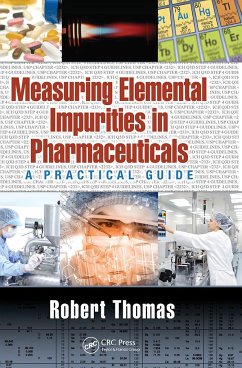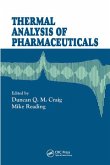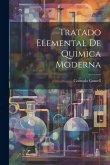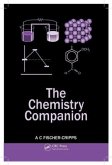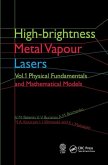Recent regulations on heavy metal testing have required the pharmaceutical industry to monitor a suite of elemental impurities in pharmaceutical raw materials, drug products and dietary supplements. These new directives s are described in the new United States Pharmacopeia (USP) Chapters <232>, <233>, and <2232>, together with Q3D, Step 4 guidelines for elemental impurities, drafted by the ICH (International Conference on Harmonization of Technical Requirements for Registration of Pharmaceuticals for Human Use), a consortium of global pharmaceutical associations, including the European Pharmacopeia (Ph.Eur.), the Japanese Pharmacopeia (JP) and the USP. This book provides a complete guide to the analytical methodology, instrumental techniques and sample preparation procedures used for measuring elemental impurities in pharmaceutical and nutraceutical materials. It offers readers the tools to better understand plasma spectrochemistry to optimize detection capability for the full suite of elemental PDE (Permitted Daily Exposure) levels in the various drug delivery categories. Other relevant information covered in the book includes: The complete guide to measuring elemental impurities in pharmaceutical and nutraceutical materials. Covers heavy metals testing in the pharmaceutical industry from an historical perspective. Gives an overview of current USP Chapters <232> <233> and <2232> and ICH Q3D Step 4 Guidelines. Explains the purpose of validation protocols used in Chapter <233>, including how J-values are calculated Describes fundamental principles and practical capabilities of ICP-MS and ICP-OES. Offers guidelines about the optimum strategy for risk assessment Provides tips on how best to prepare and present your data for regulatory inspection. An indispensable resource, the fundamental principles and practical benefits of ICP-OES and ICP-MS are covered in a reader-friendly format that a novice, who is carrying out elemental impurities testing in the pharmaceutical and nutraceutical communities, will find easy to understand.
Hinweis: Dieser Artikel kann nur an eine deutsche Lieferadresse ausgeliefert werden.
Hinweis: Dieser Artikel kann nur an eine deutsche Lieferadresse ausgeliefert werden.

